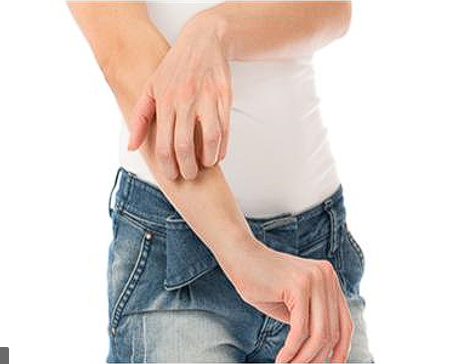Why Some Patients would Feel Itching at the White Patches?

The reason for itching at the skin lesions is often asked by patients in the clinic, and we will explain it in detail below:
From the pathogenesis of vitiligo, vitiligo is a kind of local pigment loss patch without inflammation, manifested as skin and hair whitening, skin without atrophy, hardening, and desquamation, and other changes, therefore, the patients should have no uncomfortable feeling, but clinically there are patients in the complaint of the disease, said the affected area had itching.
So why would some patients feel itchy in their vitiligo lesions? Here we will explain the three main causes of it:
One, of the main reasons for itching at the white patches, is the lack of melanin in the depigmented skin which cannot block the ultraviolet radiation, after exposure to the sun, it can cause burning pain, erythema and blistering, and other inflammatory reactions, in this case, vitiligo patients' skin lesions are easy to trigger itching and other symptoms;
The second is that if vitiligo patients are not affected by other external factors and still feel itching, most of them suggest the development of the disease, so vitiligo patients with an itchy condition at the white spot, generally are the signs that vitiligo is in the development, patients should pay more attention. At the same time adhering to the treatment, they should reflect on their daily life of various habits that are not conducive to vitiligo recovery, and correct them in time.
Third, in some vitiligo patients in the process of treatment, the local application of topical drugs to the white spot. Most of these drugs are phototoxic or photosensitizing, causing irritation of the skin by ultraviolet light, resulting in subclinical inflammation that depletes sulfhydryl groups, activates tyrosinase activity, and promotes melanin production by melanocytes. Because of the presence of inflammation, the white spot at this time often has an itchy local sensation, which is produced after treatment and is a normal reaction and does not mean that the white spot will develop.



Leave a Comment